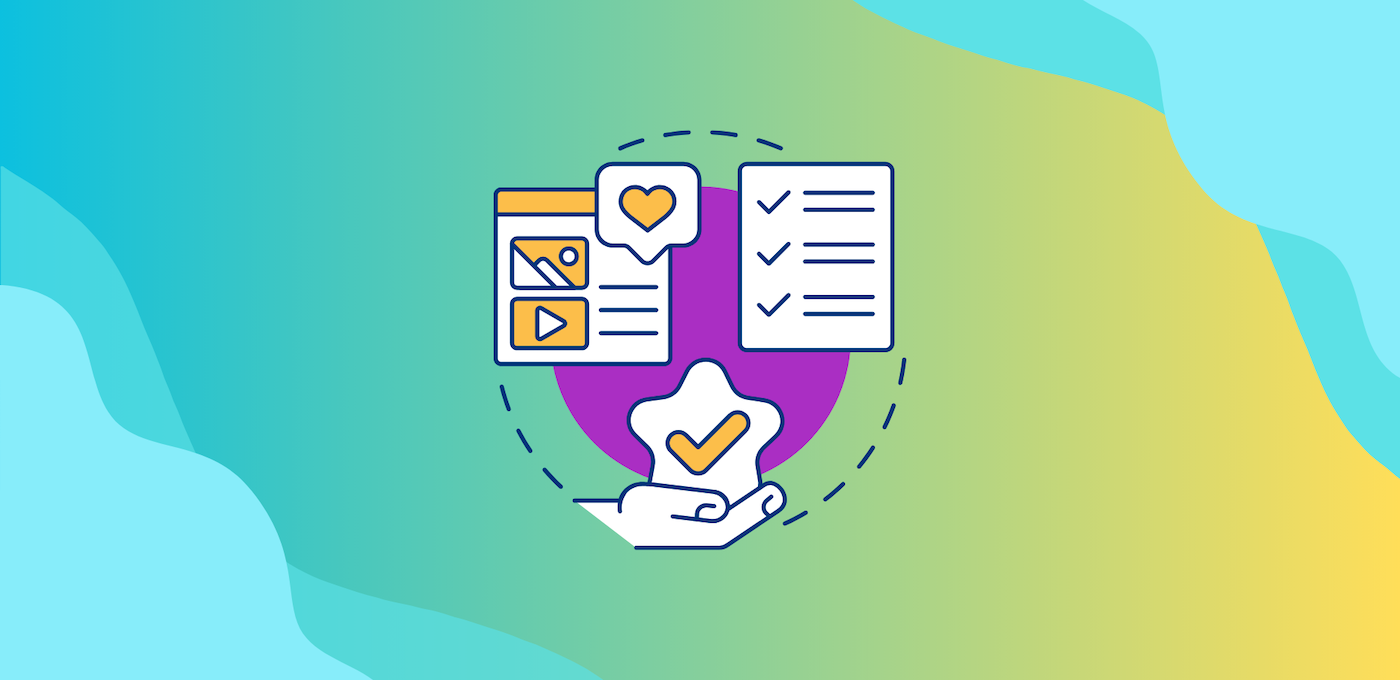Moving From Transaction-Based To Engagement-Based Loyalty Programs
When a loyalty program is solely focused on rewarding transactional behaviors they are missing out on the chance to build real long-lasting customer...
Platforms
Services
Promotions
.
Featured Guide
Industries
Resources
Explore
5 min read
 Kimberly Lyons
04/14/21
Kimberly Lyons
04/14/21

Ongoing customer engagement is what gives life to loyalty programs. Whether you're running an existing loyalty program or about to launch one for the first time, one of your key goals should be to drive ongoing customer engagement and participation. Without it, your program won't be successful.
If you have a tiered loyalty program (which you really should), one of the easiest ways to measure customer engagement is by tracking how many customers progress upwards through your program tiers and how often.
The rate of tier progression is one method for understanding if and how your customers are participating in your loyalty program.
Customers typically advance to the next loyalty program tier when they take the right actions to earn points or complete other qualification criteria -- a specific amount of spend, number of purchases or referrals, or completing certain items like missions or tasks. These actions are the right type of loyalty program engagement you want to see from your audiences.
However, if you start to see a bottleneck happening in your tier levels - where members are sitting at one tier and not advancing as regularly to the next - you should take a look into what might be causing those stalls. It could affect loyalty program performance or revenue depending on what tier level customers are sitting at:
If a high percentage of your program members are sitting at your lowest tier, that doesn't always indicate that they're lackluster customers or not fans of your brand and products. There could be other factors impacting their program engagement:
Anything that negatively affects customer engagement in your loyalty program is a problem, so it's important to review the potential causes such as the ones listed above. Your loyalty program could have the most unique bells and whistles on Earth but it won't do much good if customers aren't actively participating.
At their core, tiered loyalty programs offer different levels of benefits based on the customer's level of engagement with the brand. This can range from basic rewards for first-time customers to exclusive perks for long-term and high-spending customers.
As such, increasing customer participation in your loyalty program requires innovating and finding new ways to keep your customers engaged at every level of the loyalty program. Here are some practical tips and proven techniques that can help elevate your loyalty program and stimulate greater customer involvement.
The first thing you should do is take a look at your loyalty program data. Focus on customers who have shopped with you the longest and the top customers across every level of your program:
Next, identify and segment the customer audiences you want to target. Sophisticated data segmentation tools within your loyalty platform can allow you to build out custom user groups according to specific criteria such as your ideal customer profiles and their particular demographics, traits, actions, and behaviors. You can create different customer segments for different purposes, such as customers that seem most likely to advance or specific customers you'd like to see move up a tier.
Once you have your customer segments identified, consider questions such as:
Looking at past trends and patterns in customer activity levels and tier progression in your loyalty program can help you brainstorm ideas to insert more engagement opportunities for members and drive desirable customer actions and behaviors.
Communication is key for loyalty programs. Not just for sending out communications, but for receiving them as well. Collecting customer feedback and comments from your main member audience base will help you identify crucial elements that can help you improve your loyalty program: what parts of your loyalty program customers enjoy, what parts they don’t like, or what they wish your program offered but currently lacks. This can help you figure out strategies for enticing customers to take action to move to the next tier.
Using communication tools in your loyalty platform you can collect first-party feedback and customer data through:
Another tactic is to ensure information about the different member benefits for each tier level is readily available on your loyalty program site and across your brand's website and e-commerce channels. This way both loyalty program members and non-member customers have easy access if they want to learn more about tier benefits and perks.
You should also ensure that your loyalty program or program perks are promoted in some fashion across customer touchpoints including email marketing, receipts, and order confirmations. This helps to inspire new loyalty program enrollments and maintains connections with existing members.
Research shows that the first 30-60 days after enrollment are crucial for demonstrating the value of the loyalty program and setting the groundwork for the new enrollee's future program engagement. One prime onboarding strategy is to give new loyalty program members a "quick win", such as an easy-to-earn reward or welcome bonus within the first month of enrollment. This type of instant gratification helps to motivate new members to explore and engage with the loyalty program.
Brands can replicate a similar strategy to help re-engage lapsed or inactive loyalty program members. If you're seeing that some customers just aren’t taking the typical actions to stay engaged, you might try tossing them a quick win like one of these listed below:
These types of bonus incentives can jolt life back into stagnant customers like a jolt of electricity to the heart. It helps get their attention and allows you to remind them of the loyalty program benefits and perks that are waiting for them.
Loyalty program member communities are extremely beneficial for growing and maintaining a successful loyalty program. A member community offers ways for program members to meet and interact, share favorite products, and provide suggestions or ideas. The collective community can also act as word-of-mouth advertising and help inspire lackluster customers to participate more frequently in the loyalty program.
You can especially help garner interest in the loyalty program by giving your VIPs places to shine. Your VIP loyalty program members are some of your best and most loyal customers. By publicly recognizing them (with their permission of course), you're not only showing your appreciation for their patronage but also helping your wider audiences to see the possibilities and benefits that come with being a VIP.
There are different methods and channels you can use to recognize your VIP loyalty program members: on your brand website, social media posts, marketing communications, newsletter, etc. You could do a feature spotlight on one VIP member per season or loop in VIP member recognition into specific brand events, milestones, or even holidays.
Another idea is to host brand events with special access for VIP members. This gives you another opportunity to highlight the specialized VIP rewards and benefits that make program participation & spending worth it to customers.
Tiered loyalty programs are one of the best strategies for increasing customer engagement and driving customer actions and behaviors. But every so often even the best strategy can run into snags. Be sure to follow the above tips and monitor your loyalty program closely for signs of trouble when it comes to customer advancement through your program tiers.
If you're looking for advice on how to improve customer engagement in your loyalty program and drive tier progression, reach out to us today!

When a loyalty program is solely focused on rewarding transactional behaviors they are missing out on the chance to build real long-lasting customer...

The end of the year is always a great time for reflection. People everywhere take the time to look back at the past year: the events that happened,...

In an era where customer relationships are the gold standard for brand success, personalization isn't just a trend; it's an evolution of customer...